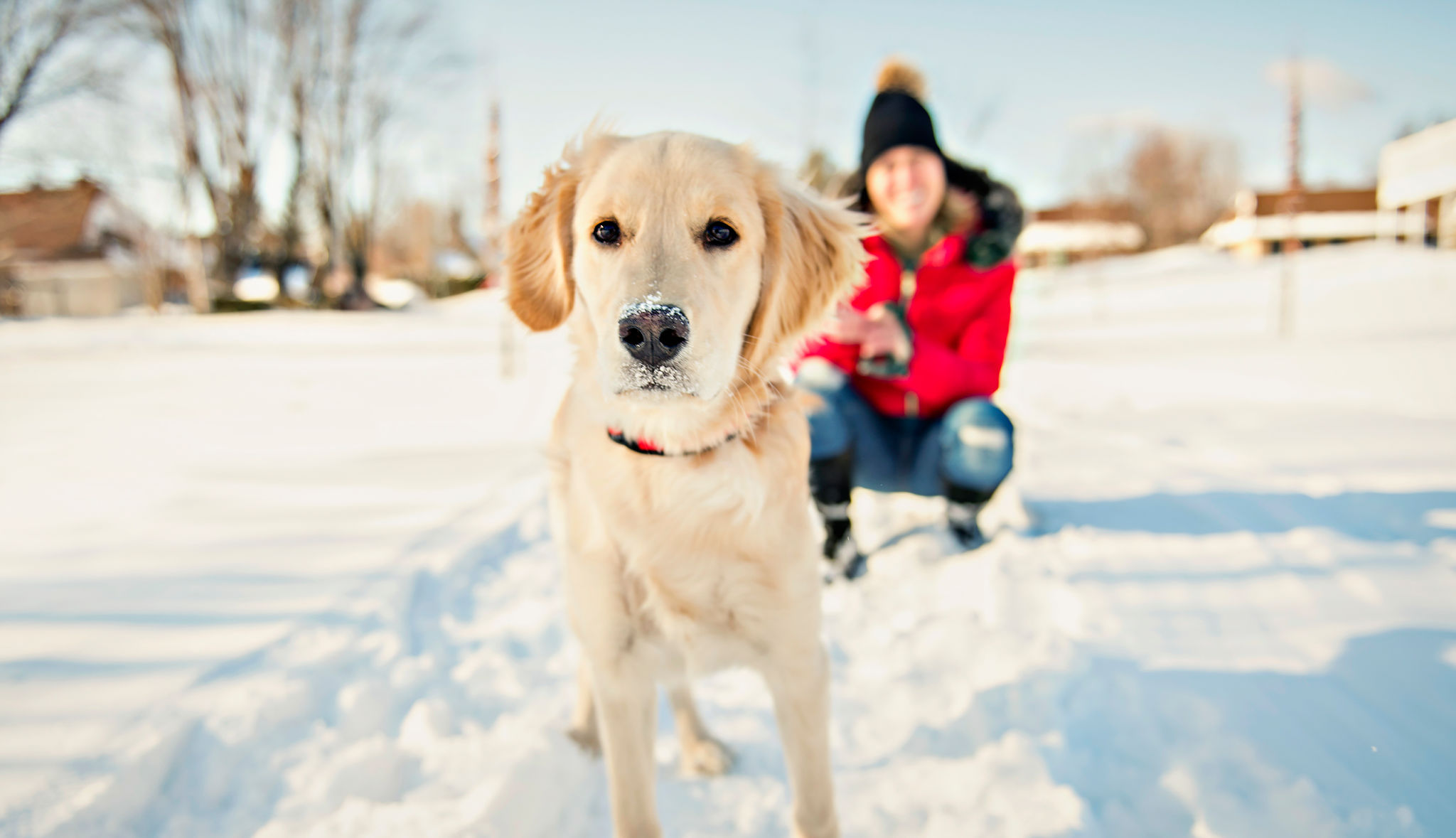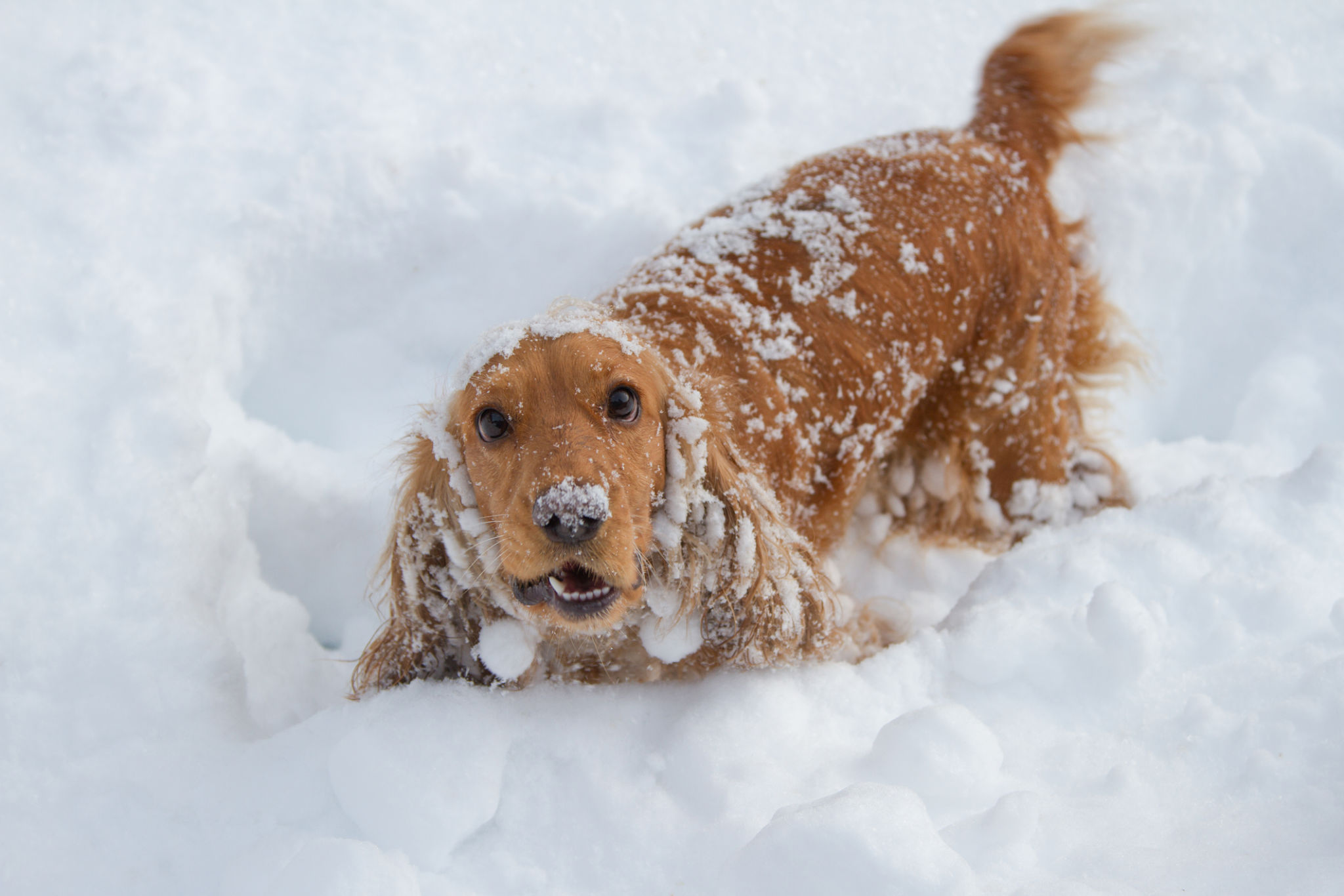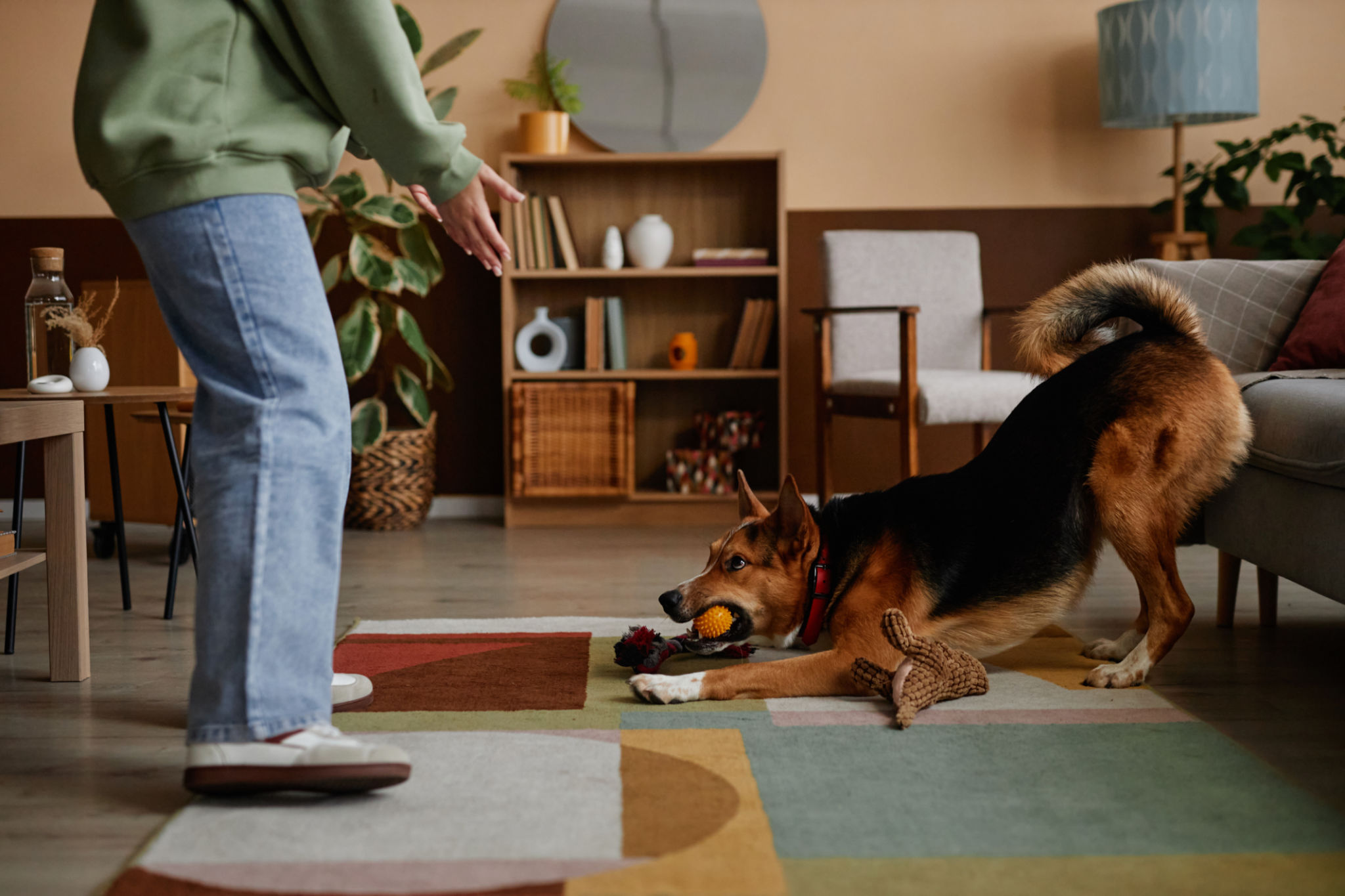Seasonal Dog Care: Preparing Your Home for a New Pet in Winter
Pa
Preparing Your Home for a New Pet in Winter
Bringing a new dog into your home is a joyous occasion, but doing so in winter requires special preparation to ensure your furry friend stays comfortable and healthy. Winter can pose unique challenges, from cold temperatures to slippery surfaces, so it’s essential to take proactive steps before your new pet arrives.

Creating a Warm and Cozy Environment
One of the first things to consider is how to keep your new dog warm. Dogs, especially those not acclimated to cold weather, need a cozy space to rest. Ensure that your home has designated areas with soft bedding placed away from drafts. You might also want to invest in a pet-safe heating pad or a raised bed to keep your dog off cold floors.
Moreover, consider adding a few extra blankets to your dog's sleeping area. These can be easily adjusted depending on how chilly it gets. If your home tends to be on the cold side, ensure that your heating system is in good working order before your dog's arrival.
Outdoor Safety Considerations
Winter weather can create hazardous conditions for dogs outside. Snow and ice can be dangerous, leading to slips or injuries. When taking your dog outdoors, keep pathways clear of snow and ice, and consider using pet-safe salt for de-icing. It’s also wise to check your dog's paws after each walk for any signs of irritation or injury.

Investing in a pair of dog booties can provide an extra layer of protection for your pet's feet. Not only do they keep paws warm, but they also prevent cuts from ice or sharp objects hidden beneath the snow. If your dog is not accustomed to wearing booties, allow them time to adjust indoors first.
Adjusting Your Dog's Diet
With colder temperatures, your dog's dietary needs may change. Dogs often require more calories in winter to maintain their body heat. Consult your veterinarian about the appropriate diet adjustments for your new pet. This could mean increasing their portion size or adding specific nutrients beneficial for the winter months.
Remember, always provide fresh water for your dog. Hydration is crucial in winter as the air tends to be dry, both indoors and outside.
Keeping Your Dog Active
Exercise remains important even in winter. Create an indoor play area if outdoor conditions are too harsh. This can be as simple as a room with toys and space for running or playing fetch. Mental stimulation is equally important, so consider interactive toys or puzzle feeders to keep your dog engaged.

On milder days, bundle up and take your dog for a short walk or play session outdoors. Always monitor them closely for signs of discomfort due to the cold.
Winter Grooming Tips
Regular grooming is essential in winter to keep your dog's coat healthy and free from matting. Brush their fur regularly to prevent knots and distribute natural oils, which can keep their skin from becoming dry. Pay special attention to drying your dog thoroughly after baths or snowy outings to prevent chills.
If your dog has long fur, trimming around their paws can help prevent ice balls from forming between their toes, which can be painful and cause frostbite.
Final Thoughts
Welcoming a new pet into your home during winter can be a rewarding experience with the right preparation. By taking these steps, you’ll ensure that your home is safe and comfortable for your new furry family member. With proper care and attention, both you and your dog can enjoy the coziness of the season together.